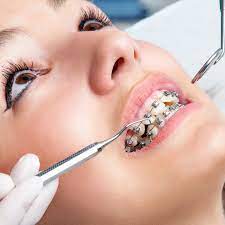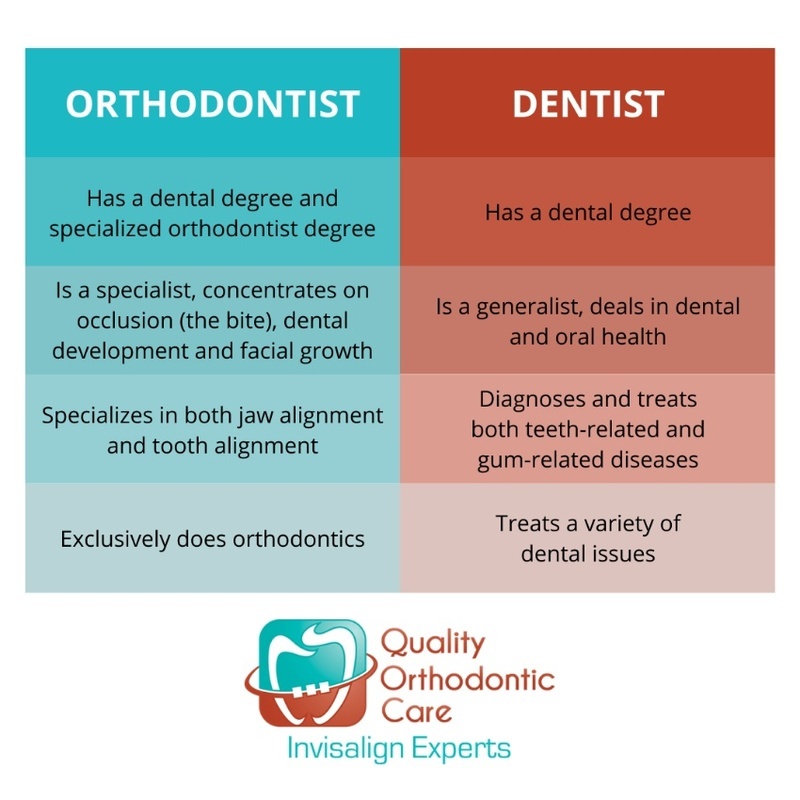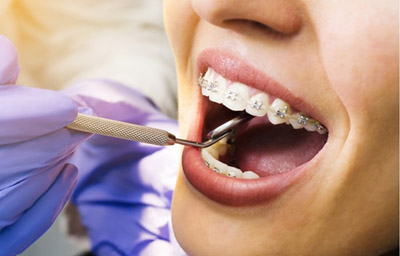The 7-Minute Rule for Causey Orthodontics
Table of ContentsThe Ultimate Guide To Causey OrthodonticsSome Known Details About Causey Orthodontics All About Causey OrthodonticsCausey Orthodontics - The FactsThe Buzz on Causey Orthodontics
Ignoring occlusal partnerships, it was normal to remove teeth for a selection of dental concerns, such as malalignment or congestion. The concept of an undamaged dentition was not commonly appreciated in those days, making bite relationships seem unnecessary. In the late 1800s, the idea of occlusion was important for creating trusted prosthetic replacement teeth.As these principles of prosthetic occlusion progressed, it came to be a very useful tool for dental care. It remained in 1890 that the work and influence of Dr. Edwards H. Angle began to be felt, with his contribution to modern-day orthodontics especially significant. Concentrated on prosthodontics, he instructed in Pennsylvania and Minnesota prior to directing his interest in the direction of oral occlusion and the treatments needed to preserve it as a regular problem, thus coming to be recognized as the "father of modern orthodontics".

The principle of excellent occlusion, as proposed by Angle and incorporated into a category system, allowed a shift towards dealing with malocclusion, which is any type of discrepancy from typical occlusion. Having a full collection of teeth on both arches was highly looked for after in orthodontic treatment as a result of the requirement for precise relationships in between them.
The smart Trick of Causey Orthodontics That Nobody is Talking About
As occlusion ended up being the key concern, face percentages and looks were overlooked - cheapest orthodontist near me. To accomplish perfect occlusals without making use of external forces, Angle postulated that having best occlusion was the very best means to gain optimum facial appearances. With the death of time, it came to be quite apparent that also an extraordinary occlusion was not suitable when considered from an aesthetic perspective
Charles Tweed in America and Raymond Begg in Australia (that both researched under Angle) re-introduced dental care removal right into orthodontics throughout the 1940s and 1950s so they can boost face esthetics while likewise making certain far better security worrying occlusal connections. In the postwar period, cephalometric radiography begun to be utilized by orthodontists for determining changes in tooth and jaw position caused by growth and treatment. It became noticeable that orthodontic treatment might change mandibular advancement, resulting in the formation of useful jaw orthopedics in Europe and extraoral pressure actions in the US. Nowadays, both practical appliances and extraoral gadgets are applied around the globe with the purpose of changing growth patterns and types. Consequently, pursuing real, or a minimum of improved, jaw relationships had actually ended up being the main purpose of treatment by the mid-20th century.
More About Causey Orthodontics
 The American Journal of Orthodontics was created for this function in 1915; prior to it, there were no scientific goals to adhere to, nor any type of precise classification system and brackets that lacked attributes. Until the mid-1970s, braces were made by wrapping steel around each tooth. With improvements in adhesives, it came to be possible to instead bond metal braces to the teeth.
The American Journal of Orthodontics was created for this function in 1915; prior to it, there were no scientific goals to adhere to, nor any type of precise classification system and brackets that lacked attributes. Until the mid-1970s, braces were made by wrapping steel around each tooth. With improvements in adhesives, it came to be possible to instead bond metal braces to the teeth.This has actually had purposeful results on orthodontic therapies that are provided consistently, and these are: 1. Appropriate interarchal connections 2. Appropriate crown angulation (suggestion) 3.
The advantage of the design exists in its bracket and archwire mix, which calls for just very little wire bending from the orthodontist or clinician (orthodontist expert). It's aptly named hereafter function: the angle of the slot and thickness of the bracket base inevitably figure out where each tooth is located with little need for added control
Not known Factual Statements About Causey Orthodontics
Both of these systems used similar braces for each tooth and demanded the bending of an archwire in 3 planes for finding teeth in their desired settings, with these bends determining supreme positionings. When it concerns orthodontic devices, they are divided right into 2 types: removable and repaired. Detachable appliances can be handled and off by the person as required.

Thus, nearly all contemporary fixed devices can be thought about variants on this edgewise device system. Early 20th-century orthodontist Edward Angle made a significant contribution to the world of dental care. He created 4 distinct device systems that have been made use of as the basis for many orthodontic therapies today, barring a couple of exemptions.
The Best Strategy To Use For Causey Orthodontics

The cord ended in a thread, and to relocate it ahead, an adjustable nut was made use of, which enabled for an increase in area. By ligation, each individual tooth was connected to this large archwire (affordable orthodontist near me). Because of its limited series of motion, Angle was incapable to achieve specific tooth positioning with an E-arch
These tubes held a soldered pin, which might be repositioned at each visit in order to relocate them in position. Dubbed the "bone-growing home appliance", this contraption was thought to encourage much healthier bone development because of its possibility for transferring pressure straight to the roots. Nonetheless, implementing it confirmed problematic actually.